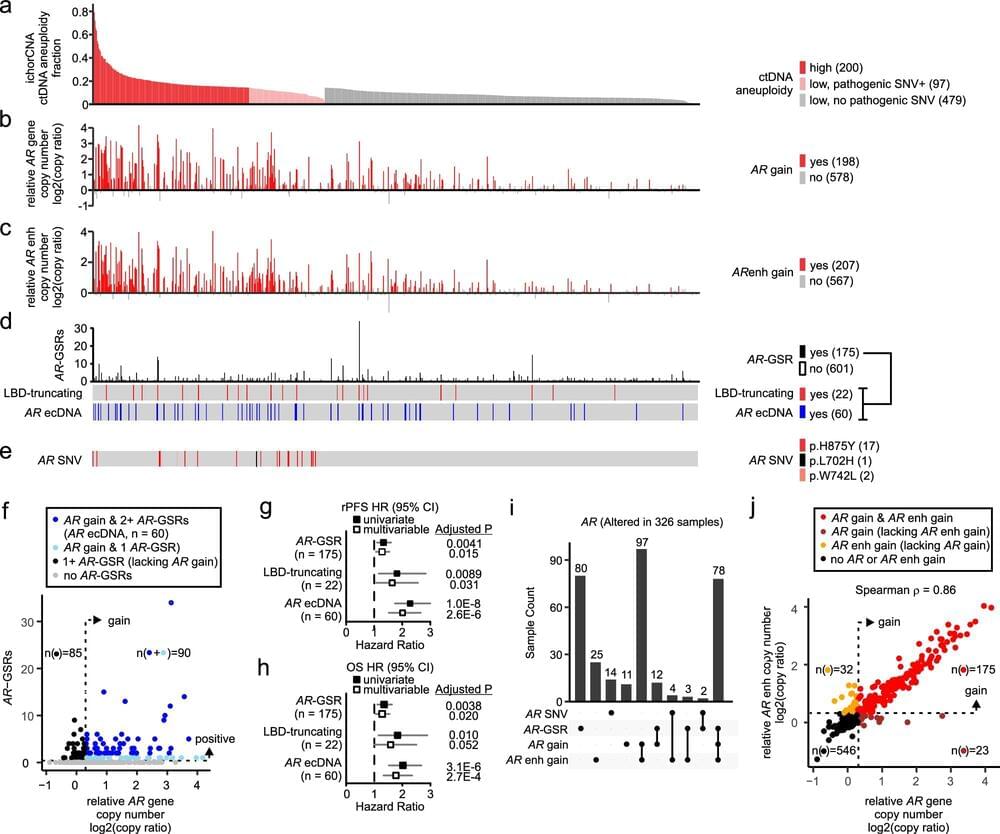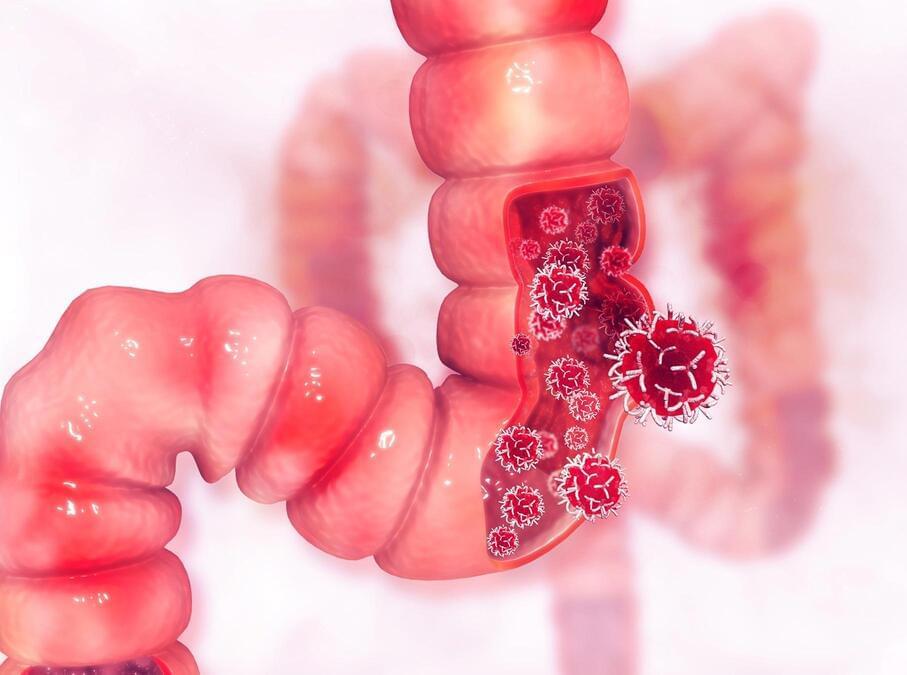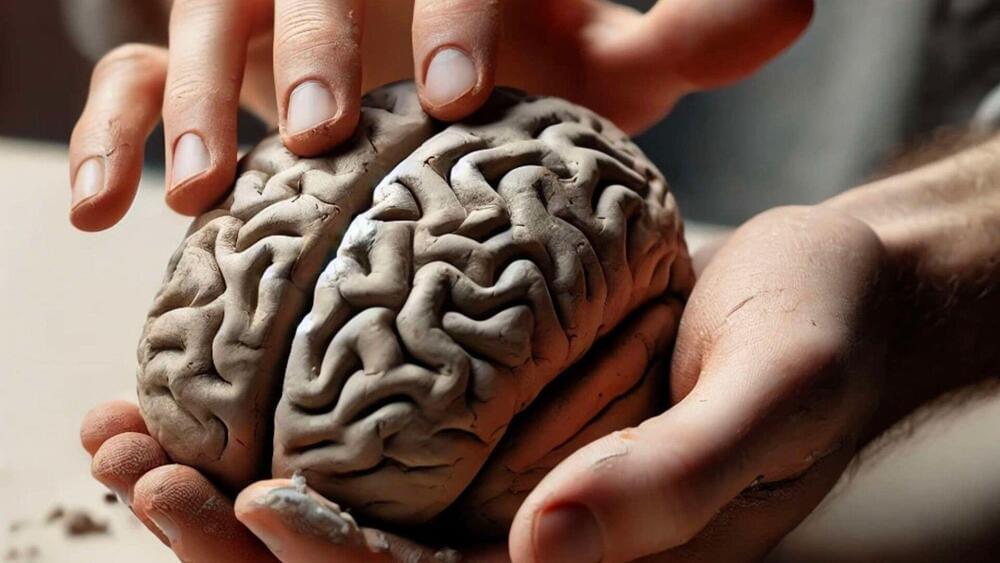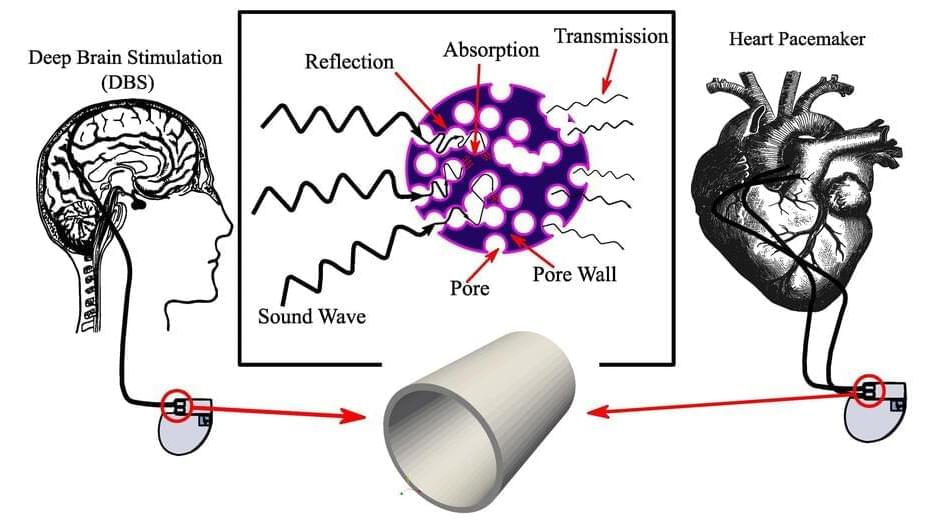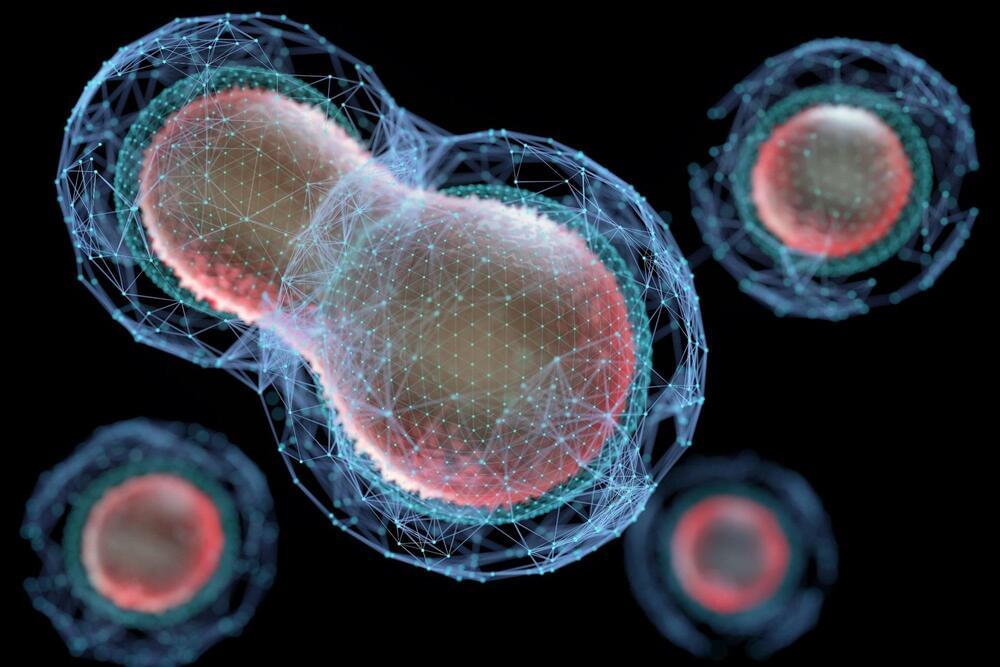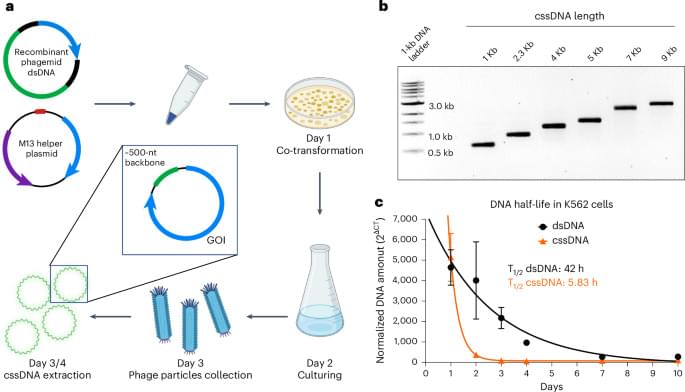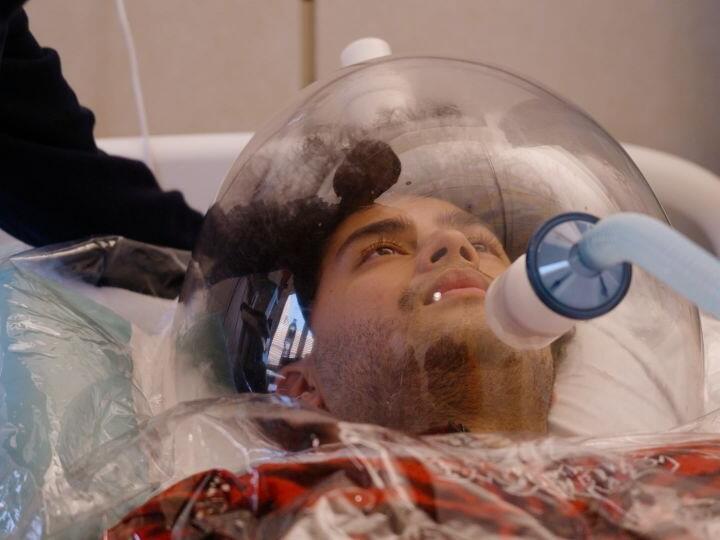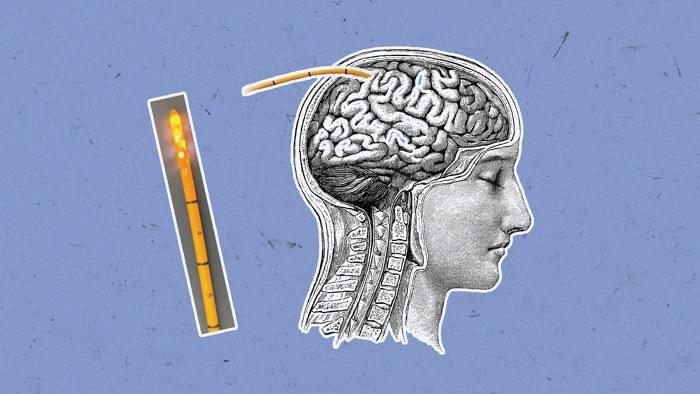Published in Nature Communications, a new study led by the University of Minnesota Medical School and Duke University found that a DNA sequencing test for advanced prostate cancer patients can distinguish between patients with poor and favorable prognoses.
The new blood-based test —called AR-ctDETECT—is designed to detect and analyze small fragments of tumor-derived DNA in the blood of certain patients with advanced, metastatic prostate cancer.
In this new study, the AR-ctDETECT test was used to analyze DNA from more than 770 blood samples from a phase 3 clinical trial of advanced prostate cancer patients. The test identified circulating tumor DNA (ctDNA) in 59% of patients with metastatic prostate cancer. Patients with detectable circulating tumor DNA had significantly worse overall survival compared to those without. These results demonstrate the potential of the AR-ctDETECT test to provide key genetic information to tailor treatments based on similar characteristics among patients.
